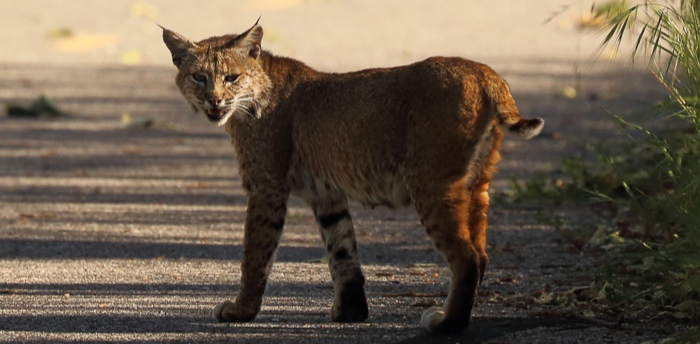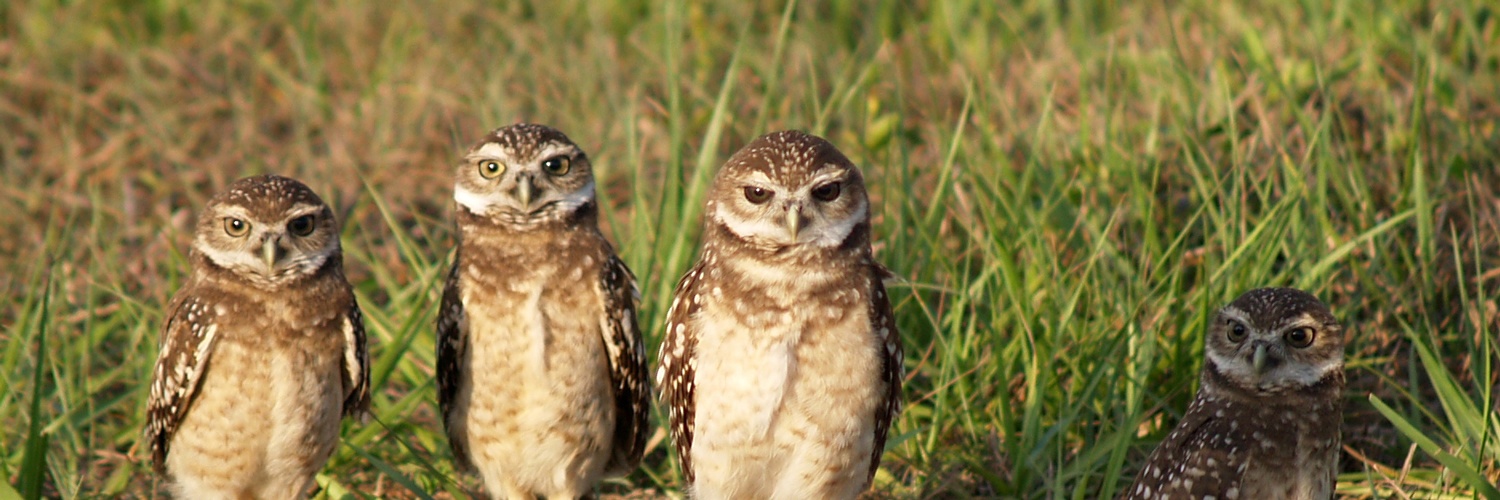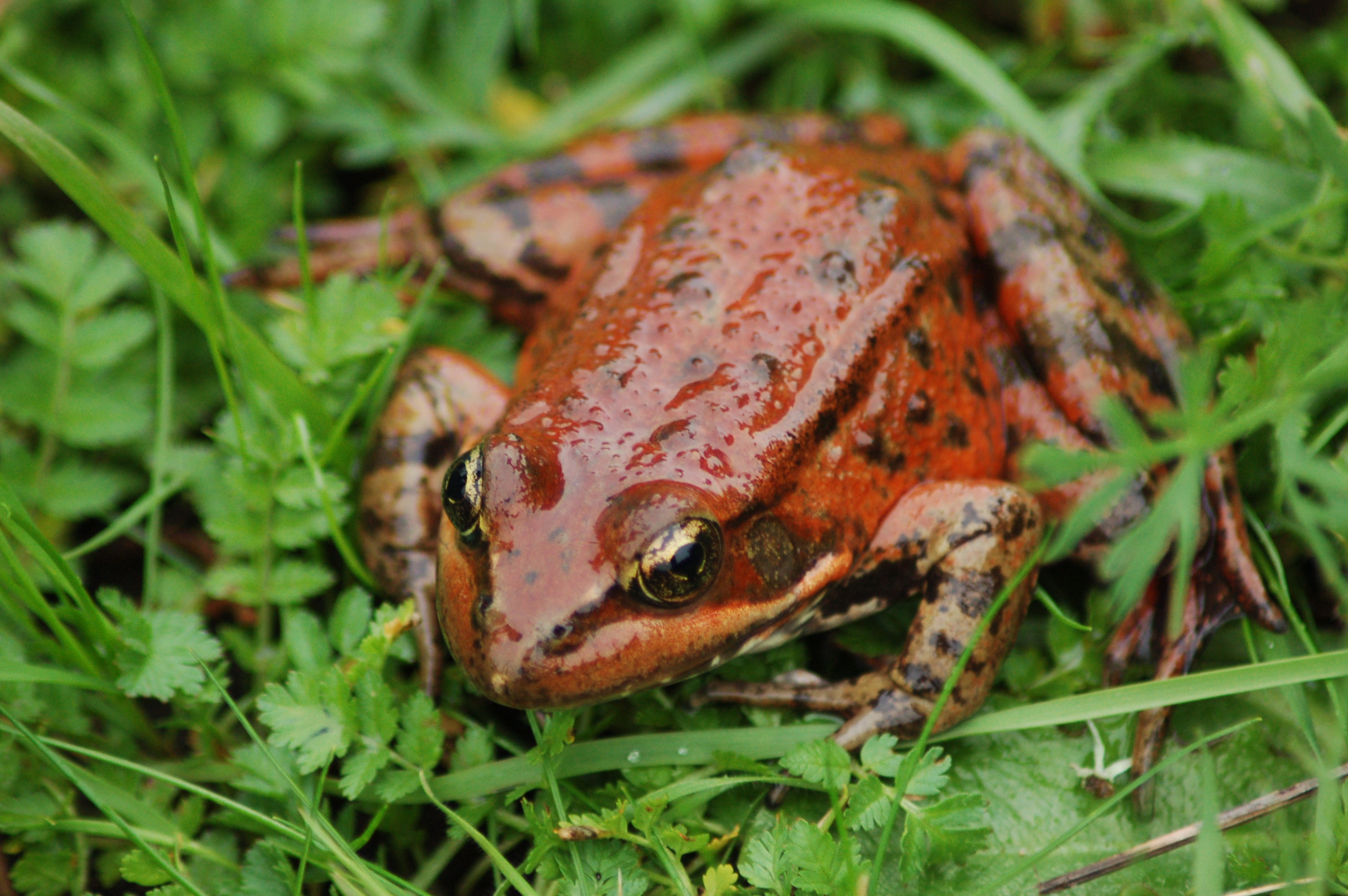Spring brings in new life and is a great time to think about the wild animals that call our region home. This month we celebrate both National Wildlife Week (March 13-15) and California Wildlife Day (March 20), recognizing the role wildlife plays in our natural environments and promoting how we can best protect these species.
One of the Authority's primary goals is to protect biodiversity and expand the habitat that native animal communities need to maintain healthy populations in our increasingly urbanized region. While securing and permanently protecting land is one vital component of this, the Authority is active on many levels to protect wildlife in our backyard.
One way that the Open Space Authority is working to protect wildlife is by helping them safely traverse Coyote Valley. Last November, the Authority in partnership with the City of San Jose unveiled the first wildlife crossing signs along Monterey Road in Coyote Valley. The signs will help to reduce animal-vehicle collisions and protect human occupants, while allowing animals to pass safely between habitats. The signs will also raise awareness of the need to accommodate wildlife movement in this critical corridor used by badgers, bobcats, deer, mountain lions, and more. This effort was just one of the many recommendations set forth in the Coyote Valley Landscape Linkage, the Authority’s research-based vision for preserving the wildlife corridor between the Diablo and Santa Cruz Mountain Ranges.

The Authority regularly supports research to help understand local wildlife and restore their habitats. The agency recently obtained funding to look at some of the lesser-known, but critical, species in our natural environment. The Coyote Valley Reptile and Amphibian Linkage Study is a nine-month project that will work to understand habitat quality for three threatened reptile and amphibian species in and around Coyote Valley. The study aims to inform efforts to help protect and connect habitats by identifying where these species currently live and the potential opportunities to link their habitat from the surrounding foothills to the valley floor.
.jpg?width=3008&name=Margaret%20Mantor%20(CDFW).jpg)
Another ongoing study is looking at whether humans can construct artificial burrowing owl habitat and encourage the threatened species to move in.

Additionally, the Authority has just launched a pond restoration project for breeding California red-legged frogs at Rancho Cañada del Oro Open Space Preserve. This is the only pond in the preserve documented to have breeding red-legged frogs, but it is in danger of failing due to dam instability. Restoration is essential for protecting this species in this preserve.

Finally, educating the community about the role of wildlife in our region helps to build support for open space protection. The Authority hosts year-round educational hikes and events focused on spotting various species. The Authority also partners with local nonprofit Wildlife Education and Rehabilitation Center to bring up-close animal experiences to kids and families at community events.

